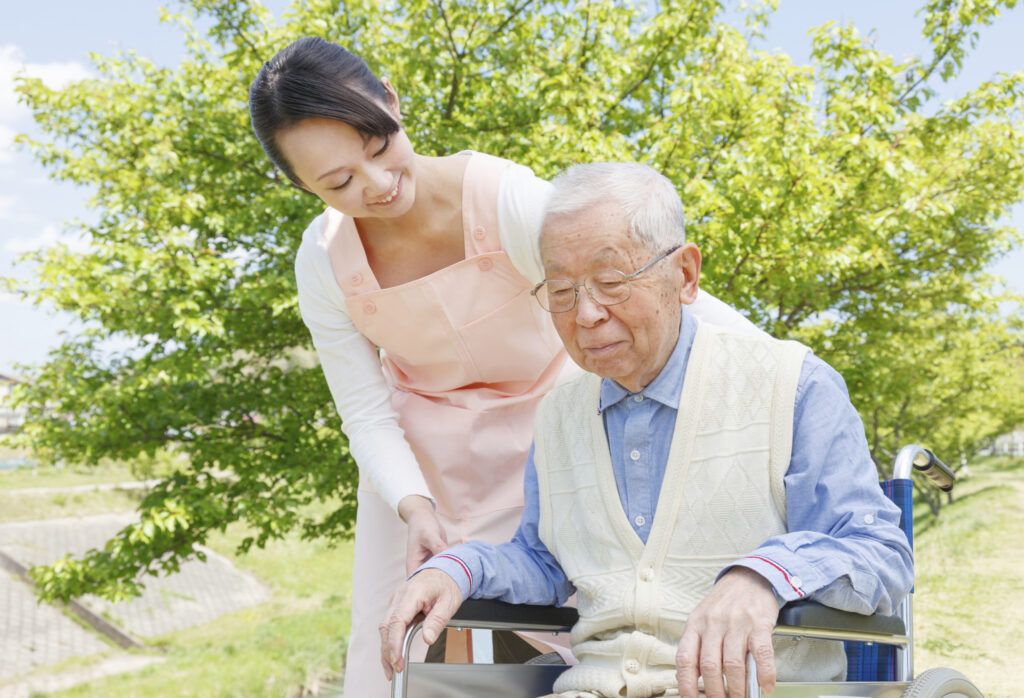From the new book The Caregiver’s Companion: Caring for Your Loved One Medically, Financially and Emotionally While Caring for Yourself, by Carolyn A. Brent:
In an effort to spread the care of a loved one among several people:
Settle on a primary caregiver. One person needs to hold the legal decision-making authority for the loved one, and this role must ideally be established with documentation. It doesn’t mean others cannot contribute opinions; it means only that at the end of the day there is no confusion when your family is interacting with doctors.
Divide up the tasks. If everyone takes on different responsibilities, the workload is lightened. For example, one relative could handle the medical aspects of care. Another could handle the financial aspects of care. Yet another could handle the grocery shopping and/or meal preparation. Be sure everyone is kept informed about the curernt status in others’ areas of responsibility, and mention changes you see in your loved one to each other.
Express your fears and concerns. Family members can be a source of emotional comfort to one another. But you ahve to communicate for this to happen; open up and share your thoughts and feelings. You can’t expect your relatives or others to guess what’s going on with your loved one, or how you’re being impacted by your role as a caregiver, unless you let them into your life.
Give up trying to be in control of everything. Regrettably, you won’t get much sympathy for your stress due to caretaking from others if you are in the habit of doing everything yourself and won’t let anyone help you, even if they’ve offered. Be willing to share the caregiver’s role and understand that everyone has a personal relationship with the loved one that is uniquely theirs.
Have regular check-ins or conferences. Touch base with one another by phone on a regular basis. You can use a free computer-based phone system, such as Skype, for conference calls, or just hop on a phone bridge line, such as FreeConferenceCall.com. Or get together in person if you live close enough to one another. Staying in touch–even if nothing urgent is going on–strengthens your bonds. Use this opportunity as a time to laugh and share news about your lives, as well as information about your loved one’s condition. Being in touch, whether it’s on a weekly or monthly basis, is also one way to help lighten each other’s emotional load. People who are isolated are more prone to depression and feelings of being overwhelmed. Just being heard and having a chance to express yourself is like a safety relief valve on a pressure boiler: it lets you blow off steam.
Make specific, clear requests. In order for any action taken to be effective, you need to know who will do what and by when, and how that action will be followed up. If you take time to assess your underlying needs and what you really want to happen before asking those involved in a loved one’s caregiving to take action, you will be able to articulate your request in a clear, concise manner, one to which they can readily respond. Become aware of the difference between a request and a demand. With a request, the response may be either a yes or a no, and that’s acceptable. With a demand, a no answer is usually followed by a guilt tirp or a bout of rage. In other words, if you make a demand, a no is rebellion and a yes is submission. A request made of an equal in a respectful manner usually elicits more responses than a simple yes or no.




